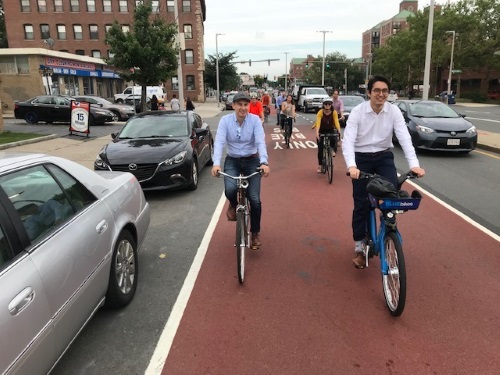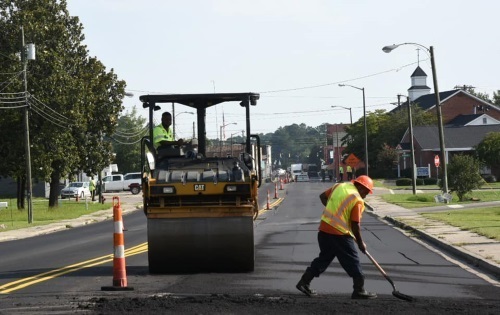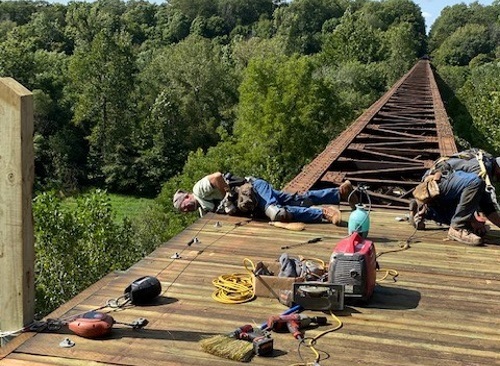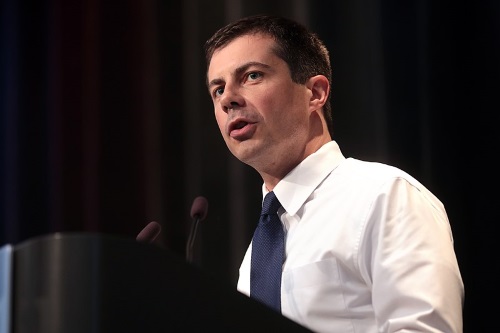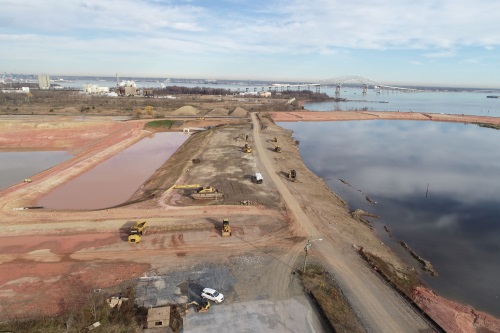The Senate confirmed Peter Buttigieg as the 19th secretary of the U.S. Department of Transportation on February 2 by a vote of 86 to 13. The Senate Committee on Commerce, Science, and Transportation approved the nomination of the former 2020 Democrat presidential candidate and mayor of South Bend, IN, to be USDOT secretary on January 27 by a vote of 21 to 3.
[Photo courtesy of Gage Skidmore.]
The American Association of State Highway and Transportation Officials congratulated Buttigieg upon his confirmation by the Senate as USDOT secretary and looks forward to working with him on a number of critical transportation issues.
“The nation faces a number of tremendous challenges and we know transportation will play a key role in building America back,” noted Jim Tymon, AASHTO executive director, in a statement.
“AASHTO believes the work being done in transportation should endeavor to improve quality of life for all Americans,” he added. “State DOTs look forward to working with Secretary Buttigieg to make that happen by improving safety; building a more resilient transportation system; and, supporting modally diverse options for people and their communities.”
Safety and infrastructure investment – along with ways to stabilize the Highway Trust Fund – were key points Buttigieg emphasized during his confirmation hearing before the Senate commerce committee on January 21.
“Safety is the foundation of the department [of transportation’s] mission, and it takes on new meaning amid this [COVID-19] pandemic,” Buttigieg said in his written testimony. “We must ensure all of our transportation systems – from aviation to public transit, to our railways, roads, ports, waterways, and pipelines – are managed safely during this critical period, as we work to defeat the virus.”
“We need to build our economy back, better than ever, and the Department of Transportation can play a central role in this by … creating millions of good-paying jobs, revitalizing communities that have been left behind, enabling American small businesses, workers, families, and farmers to compete and win in the global economy, and tackling the climate crisis,” he added.
“Infrastructure can be the cornerstone to all of this, and you have my commitment that I will work closely with you to deliver the innovation and growth that America needs in this area,” Buttigieg emphasized.
AASHTO also pointed to a recently released list of 2021 policy priorities that will guide the organization’s efforts in support of transportation infrastructure strategies and investments.
Top AASHTO priorities include passage of an infrastructure investment package to help spur the nation’s economic recovery while supporting “timely reauthorization” of a long-term surface transportation funding bill to prevent unnecessary program disruptions and delays in safety and mobility benefits to states and communities.
“As the nation recovers from the COVID-19 pandemic, state DOTs will serve as a resource for Secretary Buttigieg and the U.S. Department of Transportation to help address the nation’s transportation challenges,” explained AASHTO’s Tymon. “Like Secretary Buttigieg, state DOTs support equity in transportation investments and decision-making. And, they share a desire to address our nation’s climate crisis and make transportation systems more resilient.”

